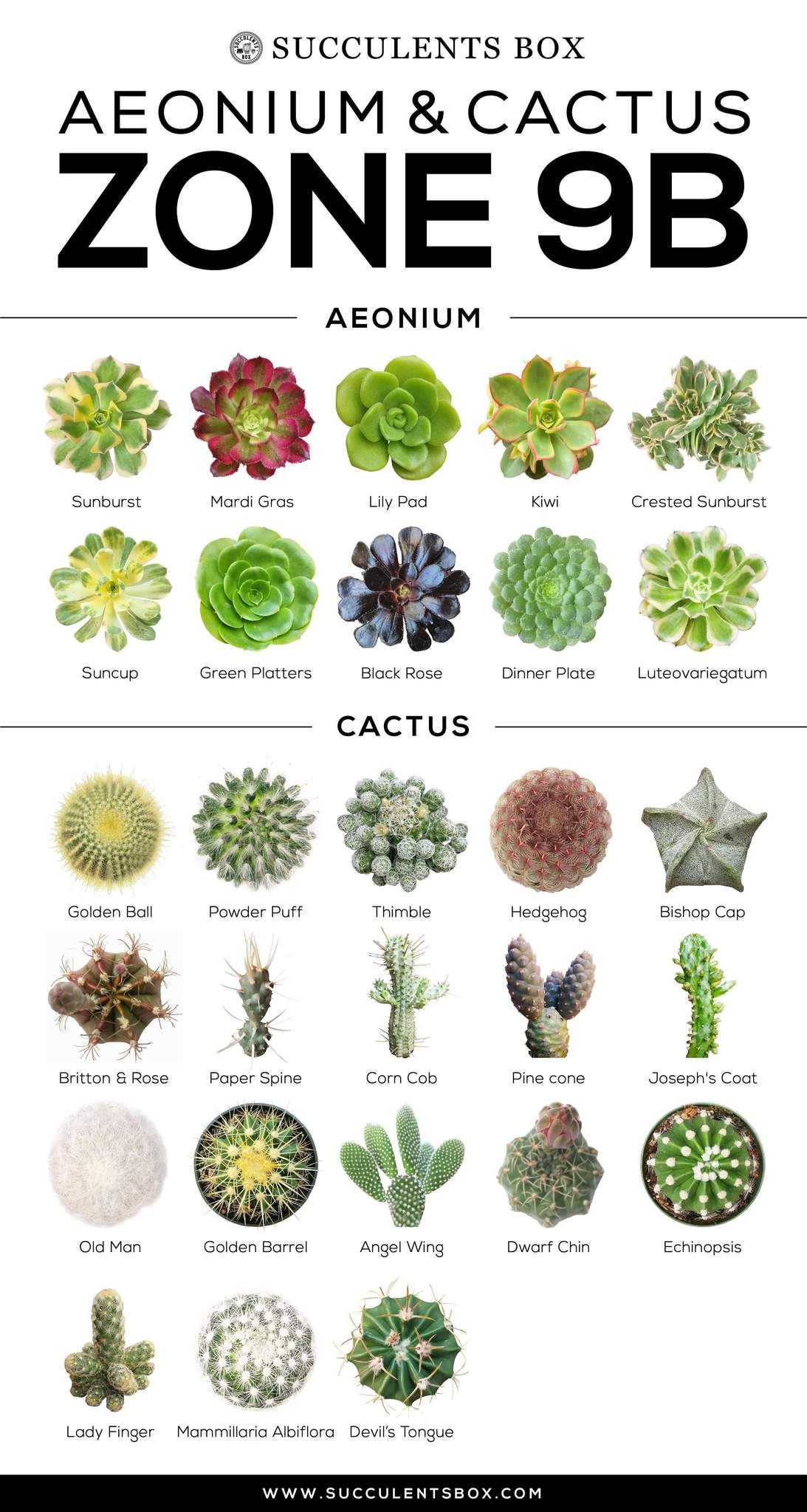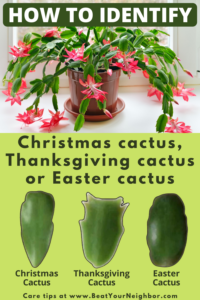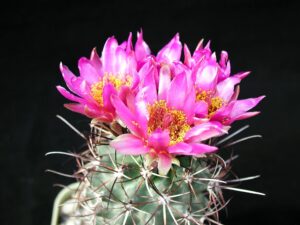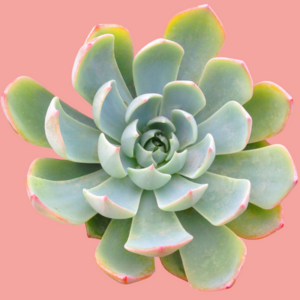Succulents have surged in popularity, captivating both novice and seasoned plant enthusiasts with their diverse forms and striking aesthetics. This guide aims to not only provide a visually informative complement but also addresses the prevalent concern among potential buyers: how to correctly identify various succulent species. Below, you’ll find a comprehensive overview of some of the most iconic succulents, accompanied by images for easy identification.
Understanding and identifying succulents can be an illuminating experience. This guide has been crafted to create a solid foundation for not only recognition but also appreciation of these fascinating plants. Each succulent possesses unique characteristics that can help in determining its lineage and care requirements.
The efficient identification of succulents is paramount for growers aiming to expand their collections or ensure optimum care. This guide serves as a handy reference tool, featuring succulent pictures with names, to deliver an enriching learning experience.
Varieties of Succulents That Bewitch the Eye
Succulents belong to a vast array of plant families, ranging from cacti to agave. Their appeal lies in their ability to store water in their leaves, stems, or roots, making them resilient in arid environments. Below are some noteworthy succulent variants that every enthusiast should be familiar with.
Among the most aesthetic and widely recognized types is the **Echeveria**, often heralded for its rosette shape and colorful variety. These do well in vibrant sunlight and can often exhibit captivating pastel hues, particularly in the presence of stress factors such as drought.
Another striking specimen is the **Aloe Vera**, known not only for its medicinal qualities but also for its rich green coloration and spiky leaves. It is moderately easy to care for, making it a favorite for home gardens and indoor settings.
The **Haworthia** species is another gem, characterized by small, compact rosettes with translucent leaf stripes that create a unique aesthetic appeal. These are ideally suited for indoor environments since they thrive in low-light conditions.
Identifying these succulents can be made more straightforward by observing their leaf formations and growth patterns. Pictures accompanying their names can significantly enhance the identification process, fostering a more interactive learning journey.
Caring for Your Succulent Collection
Once you are familiar with identifying different succulent types, the next critical step is understanding their care requirements. Each species tends to have its own idiosyncrasies, which can dramatically affect its growth and longevity.
Most succulents prefer well-draining soil to prevent the dreaded root rot, a common concern that can plague novice growers. Utilizing a specialized cactus potting mix or adding sand to your regular potting soil can vastly improve drainage. Furthermore, an effective watering schedule is paramount. Many succulents do not require frequent watering; a thorough soak followed by a drying period of approximately one to two weeks is often sufficient. Adapting your care routine to seasonal changes is also beneficial, as growth tends to slow during the winter months.
A full spectrum of sunlight is generally essential for succulents; however, some species, like certain Echeverias, can develop a beautiful blush under direct light. Conversely, others, such as Haworthias, may flourish in indirect sunlight. This nuanced understanding of light requirements can prevent the common overcrowding of succulents in suboptimal locations.
Designing a Succulent Oasis
The aesthetics of succulents can elevate any space, bringing an element of nature indoors and inspiring a calming atmosphere. Creating a succulent garden can be a rewarding endeavor, both for visual appeal and for nurturing plant life. Begin by selecting a decorative yet functional container that matches your interior style. Terrariums, window boxes, or even repurposed items can work wonders.
When arranging succulents, consider their size and growth habits; placing taller varieties in the back and shorter clusters in the front creates visual layers, yielding a more dynamic composition. Incorporating elements like gravel, stones, or decorative pebbles can add texture and contribute to drainage, thus enhancing both form and function.
In outdoor settings, consider grouping succulents with similar light and watering needs. This principles aim to streamline care and ensure your garden flourishes. Utilizing various colors and textures, such as contrasting the soft leaves of a **Pachyveria** against the robust forms of an **Agave**, can create impactful landscapes that resonate with the natural world.
Meeting Buyer Concerns
One of the most significant concerns buyers often express is the potential for misidentification. With hundreds of species available, confusion can easily arise. By utilizing this guide as a visual aid, stakeholders can feel more secure in their selections, recognizing that proper identification is not just an aesthetic endeavor but also crucial for successful care and maintenance.
The importance of understanding specific care requirements associated with various species cannot be emphasized enough. This knowledge can dramatically affect a buyer’s experience, encouraging informed decisions that promote plant health and satisfaction.
In summary, identifying succulents through pictures and names not only fosters appreciation for these magnificent plants but also guards against common pitfalls associated with improper care. This guide stands as a reference for individuals who are eager to delve into the delightful world of succulents, equipped with the tools necessary for success. Embrace the journey of succulent cultivation, and transform any space into a lush oasis of tranquility and beauty.





Leave a Comment